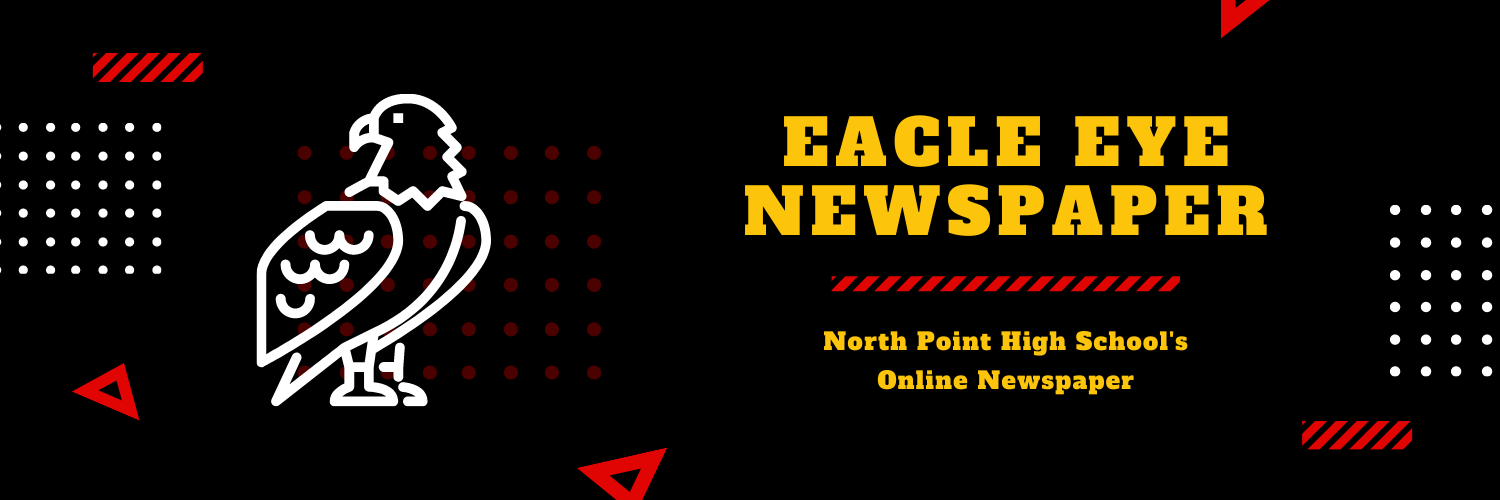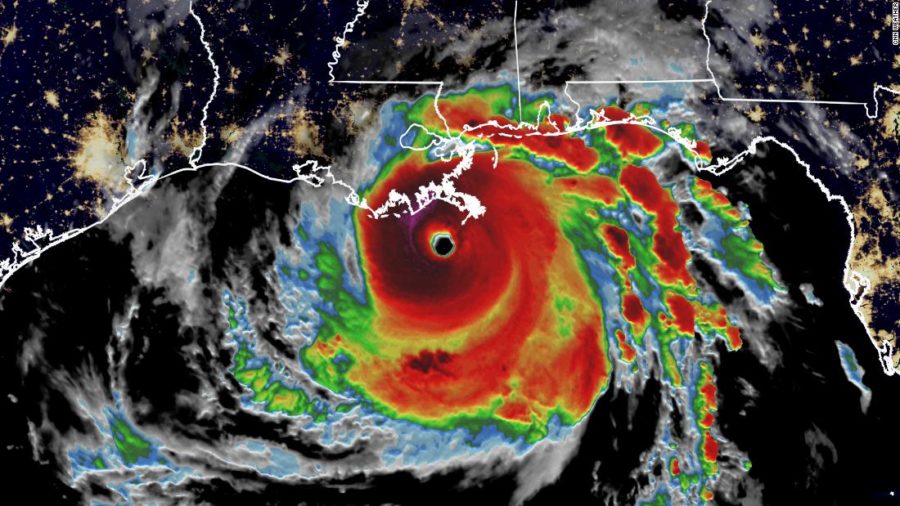Hurricane Ida and its Impact
On August 29, 2021, the 16th anniversary of Hurricane Katrina’s landfall, Hurricane Ida, the powerful Category 4 storm, struck southeast of Louisiana. The high winds, heavy rainfall, and destructive storm that came with Ida left over 1 million people without power, including the entire city of New Orleans.
News of evacuation started spreading for Louisiana residents as soon as Friday, August 27 when Governor of Louisiana John Bel Edwards called for a state of emergency in response to the storm. After the evacuation, he urged the people who fled to not return, saying, “Many of the life-supporting infrastructure elements are not present, they’re not operating right now.” He continued, pleading, “So if you have already evacuated, do not return here or elsewhere in south-east Louisiana until the office of emergency preparedness tells you it’s ready to receive you.” However, even after these incessant pleas, people continued remaining stubborn, mirroring the attitude during Hurricane Katrina in 2005.
Even as Ida weakened, the economic impact and disaster reached an outstanding $95 billion, according to AccuWeather estimates. This forecast incorporated many variables including property damage, the impact of lost work, and the decrease in tourism. Hurricane Ida left a lot of people jobless and due to the COVID-19 pandemic; people are vulnerable to widespread hunger and homelessness. National attention quickly moved to the East Coast when Ida dumped heavy rain and flooding in New York and New Jersey that left dozens of people dead.
If you or someone you know want to help victims of the hurricane, it is recommended that you donate to the city of New Orleans, which is accepting donations to help get families get back into their homes, rebuild schools, and provide for the community. However, the regional CEO of the American Red Cross suggests, “right now that people not consider sending clothing.” He claims that, “Because of the COVID environment, there’s also a concern about exposure, things of that nature, so trying to be able to manage cost. When you sit and then try to figure out getting shipments there. Where’s it going to go, who’s going to handle it, it really becomes a challenge for organizations when we’re really focused on the basic needs of shelter, food, and medical care.” Porter suggests that if you really want to send clothing, it must be newly bought and to donate it to a smaller organization like a church in the local area of need.



